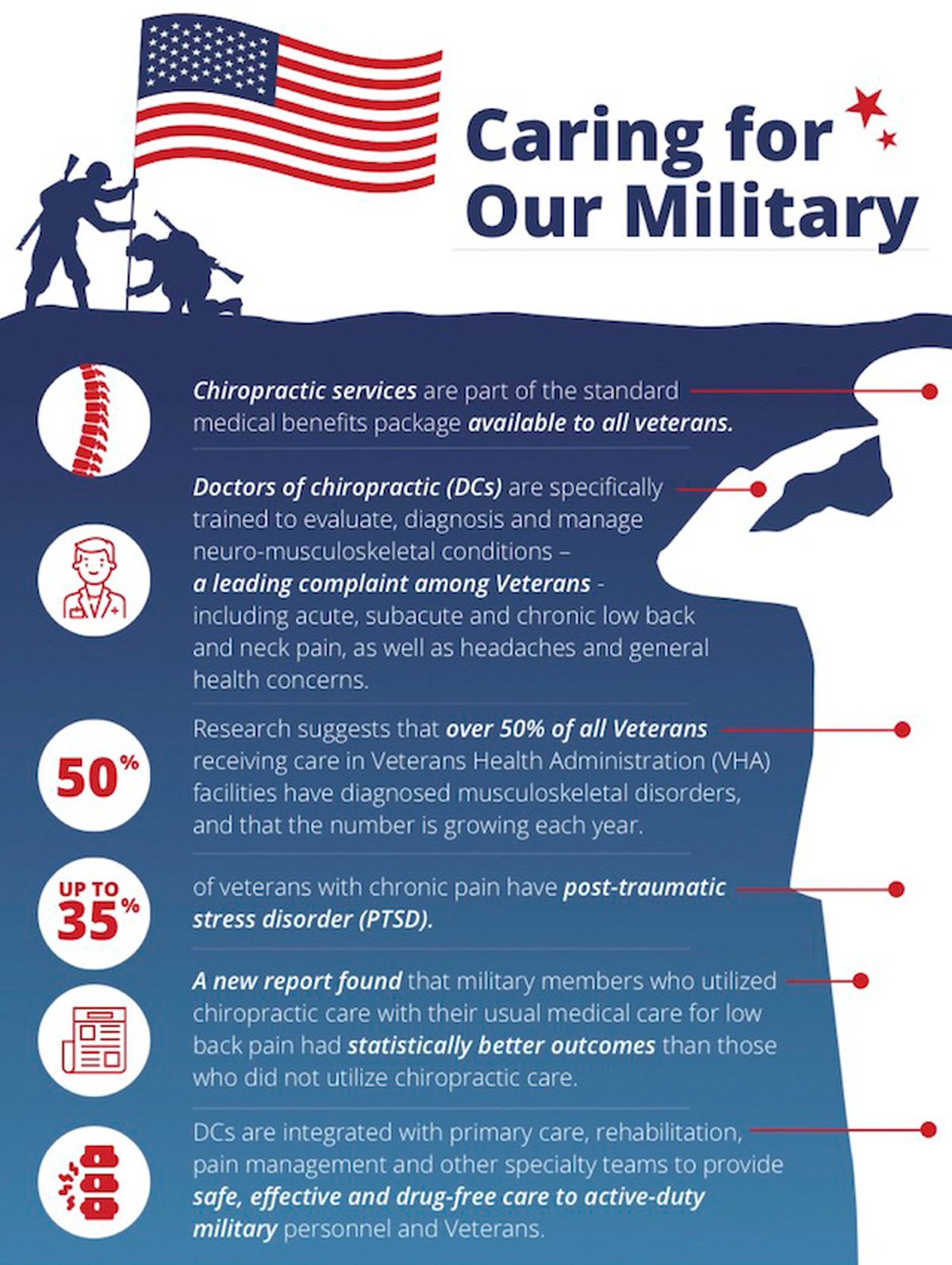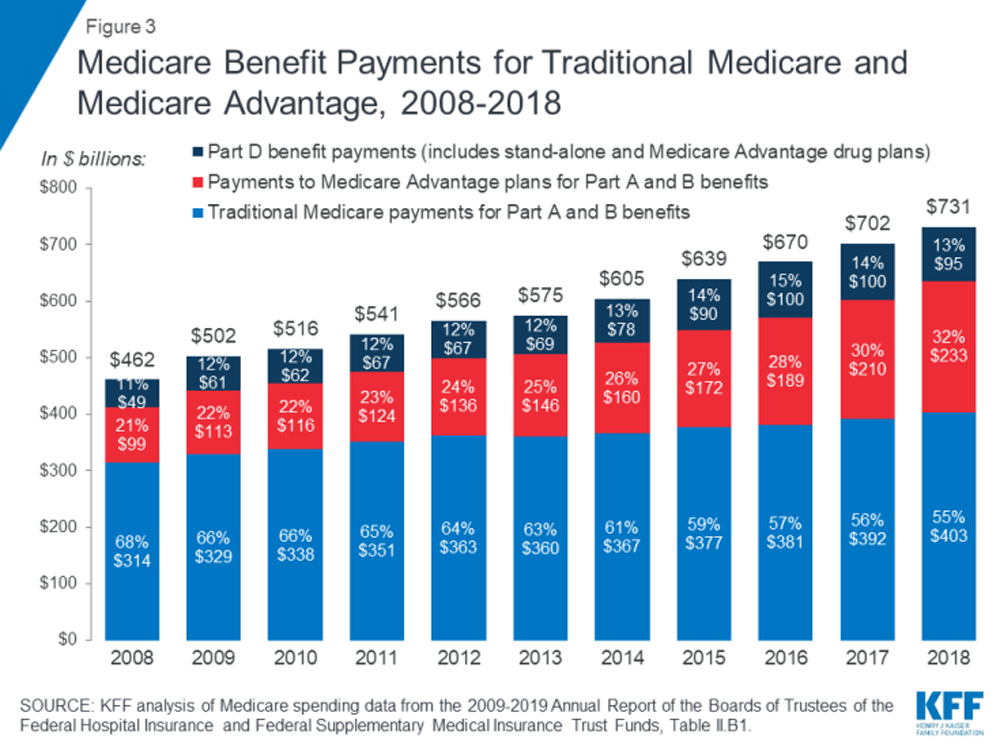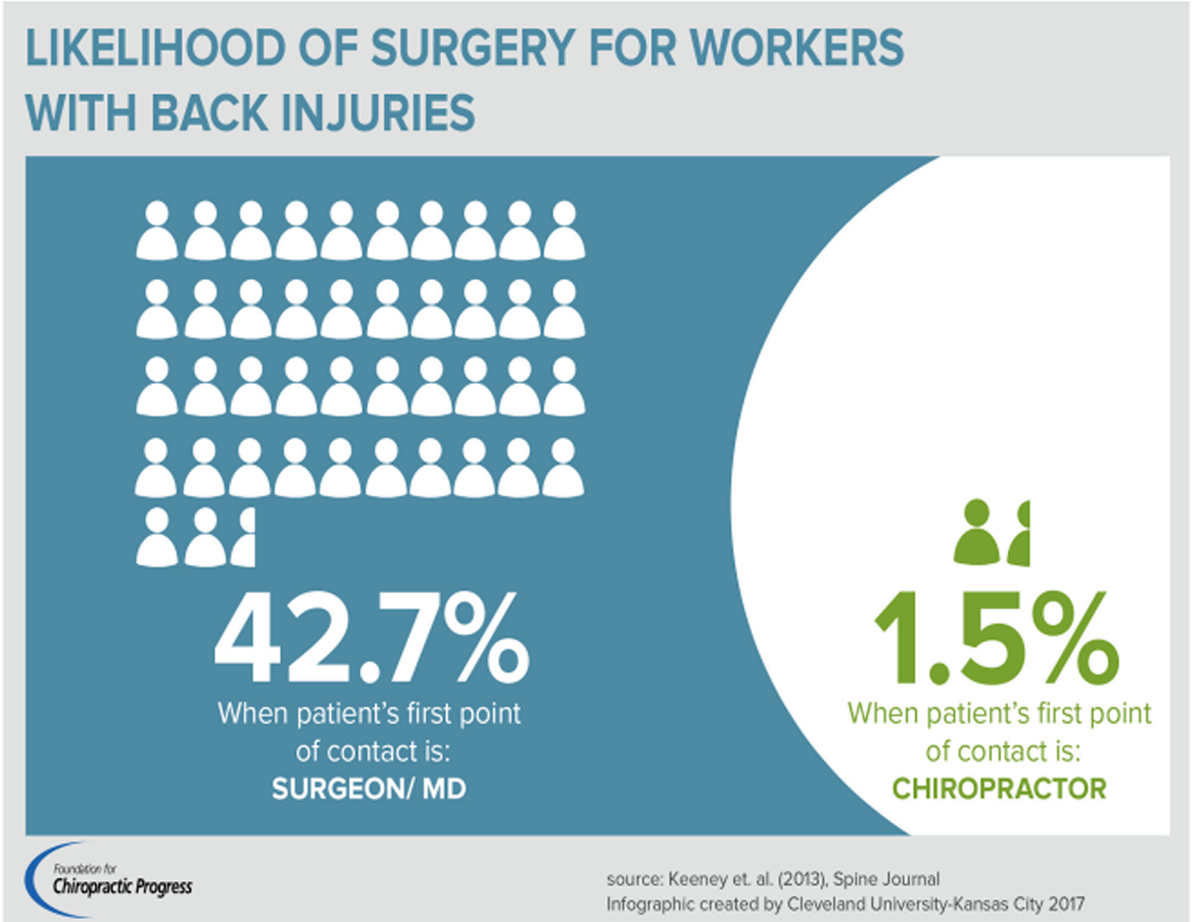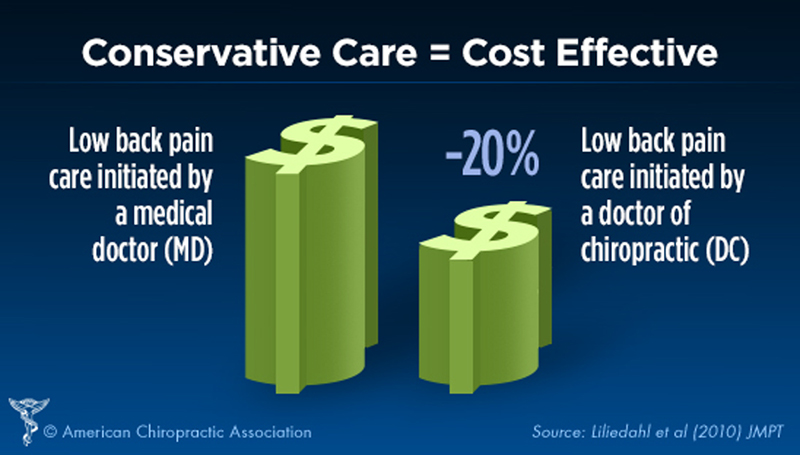Care Outcomes for Chiropractic Outpatient Veterans (COCOV): A Qualitative Study with Veteran Stakeholders From a Pilot Trial of Multimodal Chiropractic Care
Care Outcomes for Chiropractic Outpatient Veterans (COCOV): A Qualitative Study with Veteran Stakeholders From a Pilot Trial of Multimodal Chiropractic Care
SOURCE: Pilot Feasibility Stud 2022 (Jan 14); 8 (1): 6
Stacie A. Salsbury, Elissa Twist, Robert B. Wallace, Robert D. Vining, Christine M. Goertz & Cynthia R. Long
Palmer Center for Chiropractic Research,
Palmer College of Chiropractic,
741 Brady Street,
Davenport, Iowa, 52803, USA.
Background: Low back pain (LBP) is common among military veterans seeking treatment in Department of Veterans Affairs (VA) healthcare facilities. As chiropractic services within VA expand, well-designed pragmatic trials and implementation studies are needed to assess clinical effectiveness and program uptake. This study evaluated veteran stakeholder perceptions of the feasibility and acceptability of care delivery and research processes in a pilot trial of multimodal chiropractic care for chronic LBP.
Methods: The qualitative study was completed within a mixed-method, single-arm, pragmatic, pilot clinical trial of chiropractic care for LBP conducted in VA chiropractic clinics. Study coordinators completed semi-structured, in person or telephone interviews with veterans near the end of the 10–week trial. Interviews were audiorecorded and transcribed verbatim. Qualitative content analysis using a directed approach explored salient themes related to trial implementation and delivery of chiropractic services.
Results: Of 40 participants, 24 completed interviews (60% response; 67% male gender; mean age 51.7 years). Overall, participants considered the trial protocol and procedures feasible and reported that the chiropractic care and recruitment methods were acceptable. Findings were organized into 4 domains, 10 themes, and 21 subthemes. Chiropractic service delivery domain encompassed 3 themes/8 subthemes: scheduling process (limited clinic hours, scheduling future appointments, attendance barriers); treatment frequency (treatment sufficient for LBP complaint, more/less frequent treatments); and chiropractic clinic considerations (hire more chiropractors, including female chiropractors; chiropractic clinic environment; patient-centered treatment visits). Outcome measures domain comprised 3 themes/4 subthemes: questionnaire burden (low burden vs. time-consuming or repetitive); relevance (items relevant for LBP study); and timing and individualization of measures (questionnaire timing relative to symptoms, personalized approach to outcomes measures). The online data collection domain included 2 themes/4 subthemes: user concerns (little difficulty vs. form challenges, required computer skills); and technology issues (computer/internet access, junk mail). Clinical trial planning domain included 2 themes/5 subthemes: participant recruitment (altruistic service by veterans, awareness of chiropractic availability, financial compensation); and communication methods (preferences, potential barriers).
There is more like this @ our:
LOW BACK PAIN Section and the:
COST-EFFECTIVENESS Section and the:




